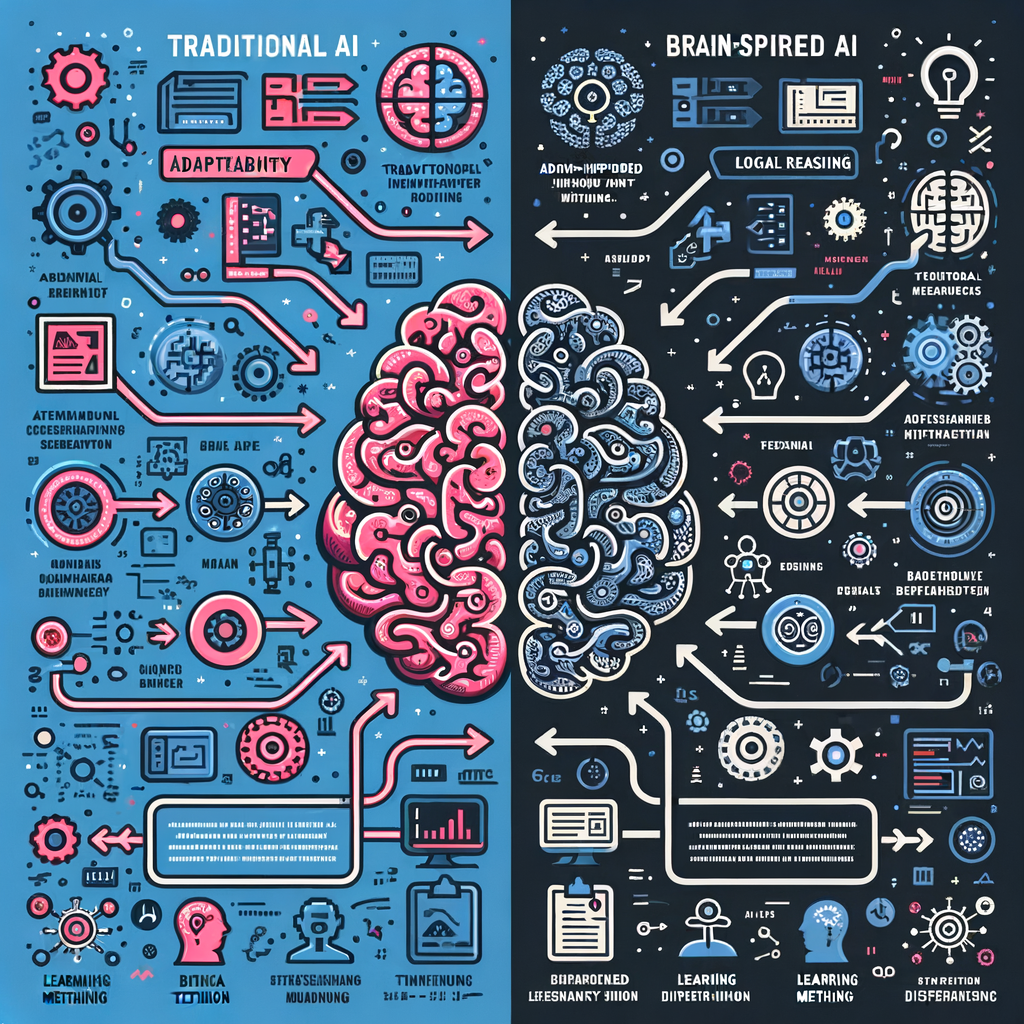Simulating Human Reasoning in AI The Next Frontier in Technology

“`html
Simulating Brain Reasoning: The Next Era in AI Innovation
The field of artificial intelligence is on the brink of a major transformation. Companies like Microsoft are now focusing on AI that doesn’t just follow patterns but can also think, adapt, and reason like a human brain. This new approach, known as brain-inspired AI, is set to revolutionize how machines interact with data and make decisions.
Microsoft and Inait: A Strategic Partnership
Recently, Microsoft announced a crucial partnership with Inait, an AI startup that specializes in developing neuroscience-inspired AI. This is a significant shift from AI systems that rely solely on pre-trained datasets. Instead, brain-inspired AI learns from real-world experiences, much like how humans develop reasoning skills.
How Brain-Inspired AI Works
- It learns from experience, not just data.
- It can adapt to new environments and tasks.
- It applies logic rather than simple pattern recognition.
- It mimics human cognition to improve decision-making.

Why This Matters
Traditional AI relies heavily on vast amounts of data to make predictions. However, it struggles with tasks that require abstract thinking and adapting to new situations. By integrating brain-like processing, AI could become far more effective in various industries, such as:
| Industry | Potential AI Applications |
|---|---|
| Healthcare | AI-driven diagnoses using reasoning rather than historical data. |
| Finance | Fraud detection with real-time human-like reasoning. |
| Customer Service | AI-powered assistants that understand customer intent better. |
Comparison: Traditional AI vs. Brain-Inspired AI
To illustrate the differences between conventional AI and brain-inspired AI, here’s a quick comparison:
| Feature | Traditional AI | Brain-Inspired AI |
|---|---|---|
| Learning Method | Uses large datasets | Develops intelligence through experience |
| Adaptability | Limited adaptation | High adaptability to new environments |
| Logical Reasoning | Weak | Strong |
The Bigger Picture: AI Beyond OpenAI
Microsoft has traditionally worked closely with OpenAI, but this new venture suggests a fundamental shift. While OpenAI focuses on integrating AI into business workflows, Microsoft seems to be diversifying its AI capabilities to include systems that reason.
Future of AI: What to Expect
- More real-world applications of reasoning AI.
- Integration of brain-inspired AI into cloud services like Microsoft Azure.
- Potential competition between OpenAI’s pattern-based AI and Microsoft’s cognitive AI.
- Enhanced AI-driven automation in business and research.
Final Thoughts
The evolution of AI is moving beyond static data models into more human-like intelligence. Projects like Microsoft’s partnership with Inait signal a bold step toward AI that thinks, reasons, and adapts. While AI still has a long way to go before it fully mimics human intelligence, this development is pushing the boundaries of what’s possible.
Do you think AI will ever fully replicate human reasoning? Let us know in the comments!
🔎 Hashtags
#ArtificialIntelligence #BrainInspiredAI #AIInnovation #MicrosoftAI #Neuroscience #CognitiveComputing
“`